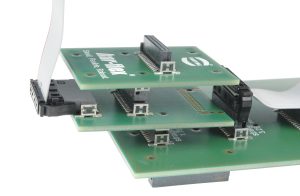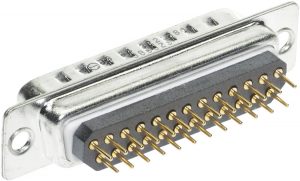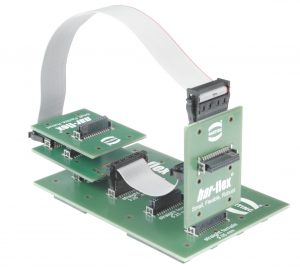
Shrinking portable medical devices impacted by modern electronic connectors
By Ed Garstkiewicz, industry segment manager, Harting Inc. of North America
Interconnect Medical medical electronics portable medicalThe need to minimize healthcare costs is creating greater demand for medical electronics equipment that, among other things, improves and expands patient diagnostics inside and outside healthcare facilities. For example, portable medical instruments such as glucose meters, blood pressure monitors, and oxygen meters can be designed with communication capabilities to provide continuous information to caregivers almost anywhere.
Small hand-held devices can also improve various diagnostic procedures in dentistry and medical offices. While such devices hold the promise of improved care at lower cost, they require advanced connector technologies that allow greater miniaturization to improve the product’s portability and functionality while assuring it can be used safely.
Electromagnetic interference and noise
When we consider information transfer, small portable medical devices typically transmit data to healthcare providers wirelessly or by cabled LAN networks. Electronic connectors are essential elements in these connections and must work flawlessly without contributing noise or distortion to the signals. Often, despite careful system design, electromagnetic interference and noise can find its way into data lines. In the past, adding separate suppression devices to protect the data communications interface circuit from electromagnetic interference, noise and electrostatic discharge – the transfer of static high voltage from a human body – also added bulk and cost to the final product.
Now, D-sub connectors (the most common digital I/O interface) are available with built-in filtering that minimizes these dangers. They can be purchased with inductive ferrite filtering in the pcb material holding the connector pins (Figure 1). This cost-effective, low-level filtering has minimal insertion loss while reducing EMI emissions that might otherwise be close to the specified limit. Another approach in D-sub filtering is a patented four-layer PCB material with surface mount chip capacitors. The filtering performance of the capacitors and screening effect of the pcb protects against any introduction or radiation of noise through the I/O port. Ringing and crosstalk are virtually eliminated.
Built-in filtering
Filtered D-sub connectors are available from Harting and others in a wide range of configurations that include standard and custom pin-outs, various housing and hood styles, cable and bulkhead mountings, surface mount types, straight and right angle pins for pcb re-flow soldering, etc. Built-in filtering eliminates or reduces the need for separate suppression devices, resulting in smaller less costly data communication circuit board designs. In addition, this style of built in filtering fits within standard D-sub shells, allowing designers the flexibility to add filtering late in the design stage if an EMI or ESD glitch is discovered. That may avoid the need to modify a circuit board to suppress these problems. Avoiding such late-stage modifications is an important consideration. Taking a new medical device of any kind through all the steps for regulatory approval is a time consuming process. Therefore, R&D engineers must take all practical steps along the way to keep the product development cycle and time to market to a minimum.

Figure 2: SMT miniature connectors provide high contact density and are available in multiple stacking heights.
Minimize space utilization
Another approach to minimize space utilization and weight is to employ mezzanine stackable connectors on pcbs for routing power and signals. These miniature connectors using surface mount technology (SMT) (Figure 2) offer high contact density and are available in multiple stacking heights for ‘board-to-board’ and ‘board-to-cable’ applications. In the latter, insulation displacement (IDC) connectors for ribbon cables provide a high degree of freedom to system designers. Some scalable mezzanine connectors are particularly rugged.
For example, Harting’s har-flex family includes extra robust SMT flanges that can absorb considerable mechanical stress on the solder contacts, allowing repeated insertion and removal. Combining this robustness with the ability to interconnect two circuit boards within any configuration (Figure 3) and a wide range of pin count (6 to 100 poles) provides the kind of flexibility needed by today’s designers of complex high density medical systems. These types of solutions often provide manufacturing benefits by being both reflow solder and pick and place compatible.


